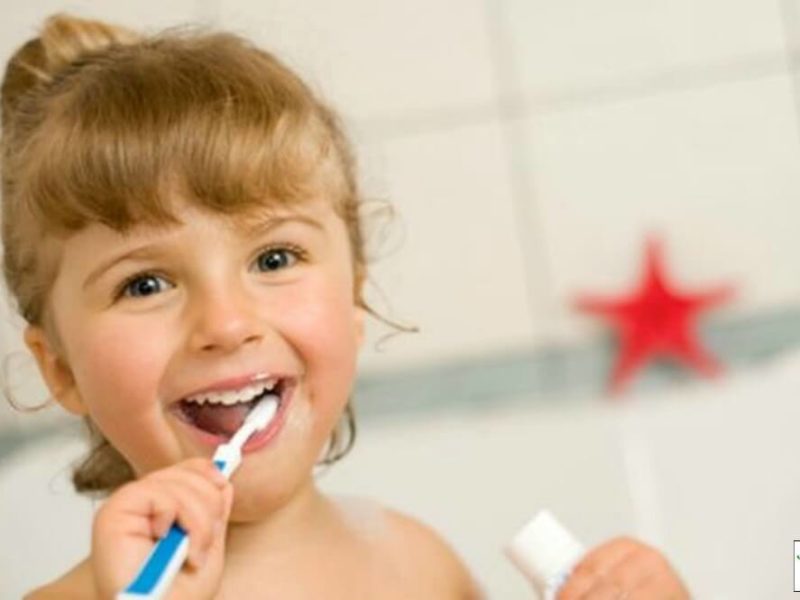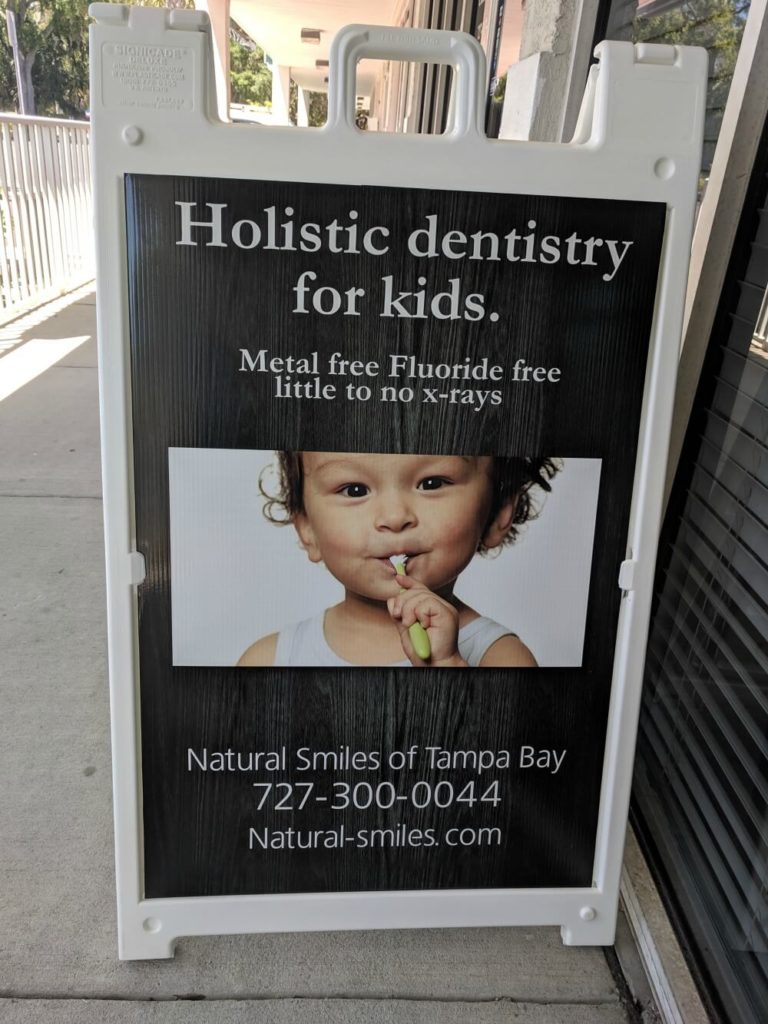Table of Contents[Hide][Show]

A seven years-long study by Australian researchers has discovered what holistic and biological dentists already knew. Under the right conditions, tooth decay can heal without any drilling.
Turns out that the research of Dr. Weston A. Price DDS from early in the last century wasn’t so far fetched after all.
No Drill Approach to Tooth Decay
Many holistic dentists already employ a no-drill approach to a lot of the tooth decay that presents in their offices.
However, most conventional dentists have been slow to get on board.
Now, with this new study, perhaps more will stop poo-pooing consumers who wish to be more conservative in the treatment of dental decay issues.
Wendell Evans, the lead author of the study published in the journal Community Dentistry and Oral Epidemiology, had this to say about the findings:
It’s unnecessary for patients to have fillings because they’re not required in many cases of dental decay. This research signals the need for a major shift in the way tooth decay is managed by dentists… Our study shows that a preventative approach has major benefits compared to current practice. (1, 2)
The bottom line is that dental decay is not a rapidly progressing disease that most believe it to be.
Dental Decay vs Cavity
As it turns out, there is a big difference between simple tooth decay and a full-blown cavity.
Most importantly, Dr. Evans and his team found that dental decay does not always progress.
… it takes an average of four to eight years for decay to progress from the tooth’s outer layer (enamel) to the inner layer (dentine). That is plenty of time for the decay to be detected and treated before it becomes a cavity and requires a filling. (3)
Evans suggests that developing a set of protocols called the Caries Management System (CMS) can prevent, stop and even reverse (YES REVERSE) tooth decay long before a drill is necessary. 30-50% of patients respond well to this approach.
[The CMS] showed that early decay could be stopped and reversed and that the need for drilling and filling was reduced dramatically. A tooth should be only be drilled and filled where an actual hole-in-the-tooth (cavity) is already evident. (4)
These pictures of reversed tooth decay serve as an easy example of what can be done at home with dietary intervention alone. For even more visuals, check out these photos of another patient who resolved issues with dental decay.
 Is Your Dentist Drill Happy?
Is Your Dentist Drill Happy?
Does your dentist insist on drilling early decay right away without even attempting to reverse it first?
If so, your dentist might not be up on the current research which suggests an important difference between tooth decay and a cavity that truly requires a drill.
Perhaps it’s time to get a second opinion from a holistic natural dentist!
The picture above is the sign outside the office of my dentist Dr. Carlo Litano of Natural-Smiles.com – (727) 300-0044.
Call around in your community and see if they offer similar services for young children as well as adults.
If you live in the Central Florida area and decide to see Dr. Litano, be sure to tell him that you are a Healthy Home Economist reader and get 10% off your first visit!
References
(1) Community Dentistry and Oral Epidemiology (Volume 47, Issue 2)
(2-4) Study of ‘No Drill’ Dentistry








Yes no drill dentistry works. Drilling is too big a damage.
Please do not pass on my information
Thx
Do you have a list of doctors in Fort Worth, Texas (Tarrant County)
It is not as simple as the article states. Decay in primary teeth is moderate to fast growing 98% of the time as radio graphs prove. We see kids with interproximal decay all the time. We will hold on treatment until they are ready to be treated, take new films, and what do we see? Usually more decay and now the decay is into or close to the nerve. We go over some of the things mentioned in the article but honestly, 99% are not going to go that far. The best option is prevention. Brush, FLOSS, watch diet and frequency of eating. There are hydroxyappatite tooth pastes for remineralization and xylitol for non cavitated lesions. Probiotics can help.
“The Dental Diet” book by Dr STeven Lin is a great informative book. Backs up your article.